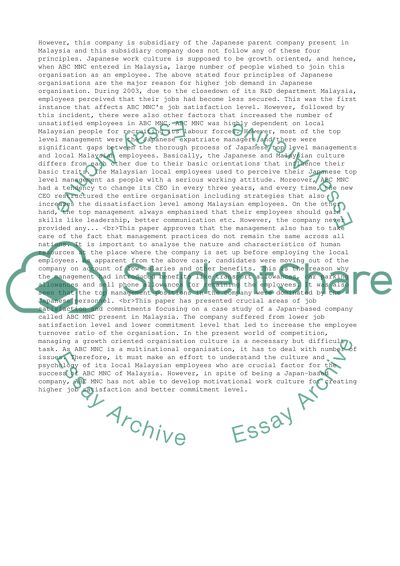Cite this document
(“Cross Culture Managment Essay Example | Topics and Well Written Essays - 2250 words”, n.d.)
Retrieved from https://studentshare.org/management/1412202-cross-culture-managment
Retrieved from https://studentshare.org/management/1412202-cross-culture-managment
(Cross Culture Managment Essay Example | Topics and Well Written Essays - 2250 Words)
https://studentshare.org/management/1412202-cross-culture-managment.
https://studentshare.org/management/1412202-cross-culture-managment.
“Cross Culture Managment Essay Example | Topics and Well Written Essays - 2250 Words”, n.d. https://studentshare.org/management/1412202-cross-culture-managment.


